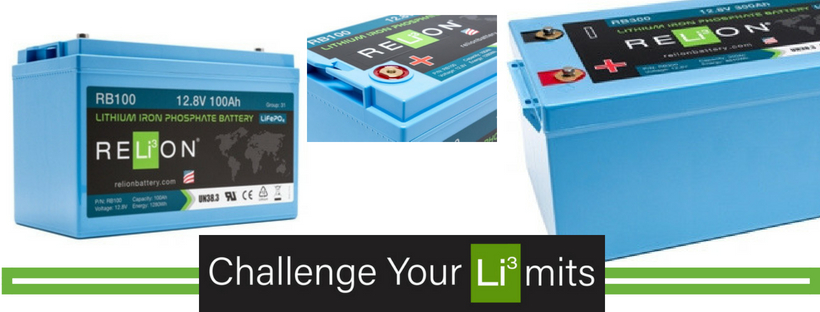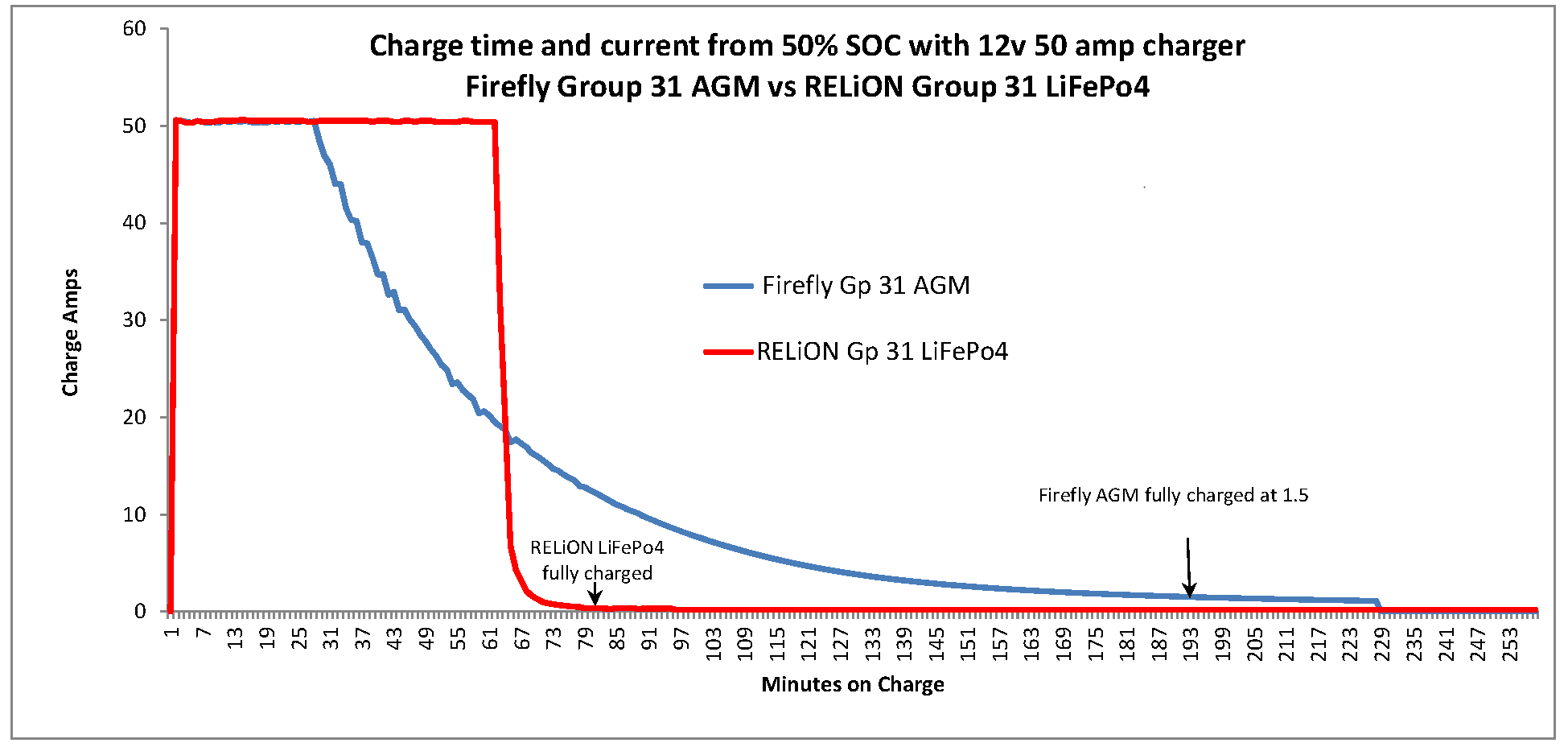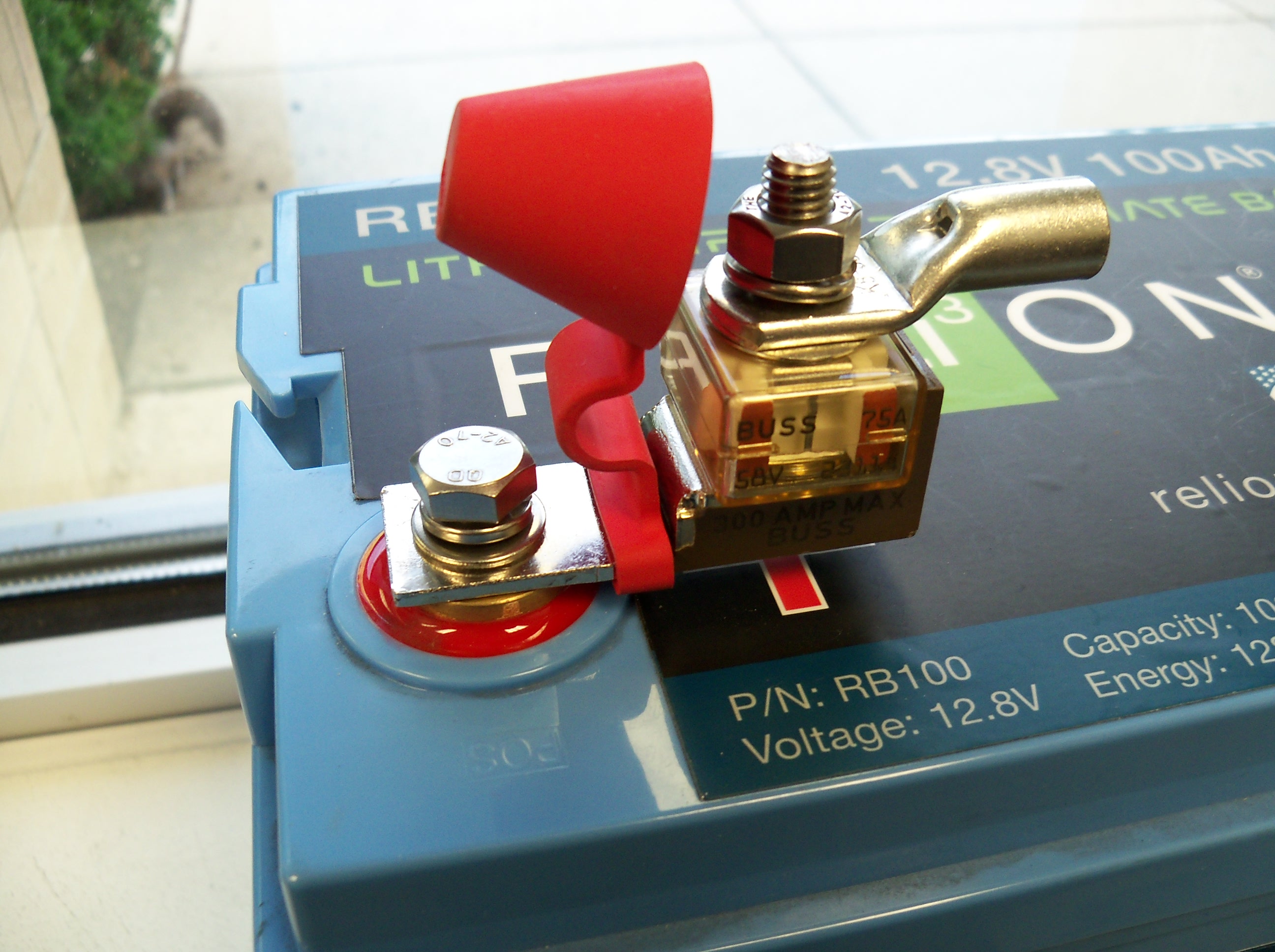Phone: (301) 352-5738
Email: info@CoastalClimateControl.com
Office | Warehouse:
1598 Whitehall Road, Suite D
Annapolis, Maryland 21409
Charge of the Lightweight Brigade
 If you haven’t heard on the grape-vine by now, or seen it on our web site, Coastal Climate Control is very pleased to announce that it’s now offering Lithium Iron Phosphate (LiFePO4) batteries from RELiON. These are great products from a great company, and Coastal is stocking the most popular sizes, ready for immediate sale.
If you haven’t heard on the grape-vine by now, or seen it on our web site, Coastal Climate Control is very pleased to announce that it’s now offering Lithium Iron Phosphate (LiFePO4) batteries from RELiON. These are great products from a great company, and Coastal is stocking the most popular sizes, ready for immediate sale.
Many of you will no doubt be aware of the enormous advantages of LiFePO4 batteries, and there is a whole bunch of information regarding RELiON batteries on our web site here.
We’ve been asked how to charge a lithium battery bank when the boat has been set up for Flooded, GEL, or AGM lead-acid batteries, so let’s look at some of the characteristics of LiFePO4 batteries.
 LiFePO4 batteries exhibit very different charge characteristics to lead-acid types. They can accept a very high charge current, and will do so for the entirety of the charge, and then effectively switch themselves off when full.
LiFePO4 batteries exhibit very different charge characteristics to lead-acid types. They can accept a very high charge current, and will do so for the entirety of the charge, and then effectively switch themselves off when full.
You can see the difference well illustrated in the graph, which shows the current acceptance of a RELiON LiFePo4 battery and a Firefly AGM when charged from 50% State of Charge (SOC) on a 50 amp charger. The Firefly accepts the full 50 amps for a while before tailing off into a long acceptance phase, which is typical of lead-acid batteries, but the RELiON sucks in the whole 50 amps all the way until it’s fully charged.
The charge voltage of LiFePO4 batteries is not as critical as with lead-acid types and doesn’t require complex multi-step charge routines. Naturally, there is an upper voltage limit that should not be exceeded, but even a charge at 14.0v will recharge a RELiON 12v battery to 99%+ SOC without detriment, and LiFePo4 batteries are true Partial State Of Charge (PSOC) batteries, and do not require to be fully charged on each cycle.
For their 12v LiFePO4 batteries, RELiON suggest a charge voltage of 14.4v to 14.6v, which is in the range of many existing chargers and alternators set to charge lead-acid batteries. Once the charge current drops to 5% of the amp/hour capacity, i.e. 5 amps for a 100 amp/hour battery, the charge is complete and can be discontinued. If using an existing charger or inverter/charger that has a Float stage incorporated in the charge routine, as most do, then there’s no issue with leaving the Float active and set to any voltage between 13.3v and 13.8v.
You don’t have to be concerned about RELiON batteries being at too high or too low a voltage, or being overcharged and/or overheating, because inside that plain-looking pretty blue case is a sophisticated battery management system (BMS) linked to an array of voltage, temperature, and current sensors.

Batteries for house banks on boats are commonly wired in parallel to increase capacity, and this makes for a very flexible installation. More batteries can be added at a later date if greater capacity is required, or individual batteries can be removed for whatever reason and still leave a working bank.
When a number of individual batteries are wired in parallel, the charge and load currents are shared equally, give or take an amp or two, between them. For example, a 100 amp charger will be putting around 25 amps into each battery in a four-battery bank, and although these batteries can safely take higher charge currents, low charge currents put less stress on the battery and increase the safety factor.
Charging LiFePO4 batteries like those from RELiON at temperatures below freezing will require some additional regulation of the maximum charge current, and details of this and maximum recommended charge currents for parallel-wired battery banks can be found in the RELiON Charging Instructions.
It is usually not necessary to replace a mains charger or alternator when installing RELiON LiFePO4 batteries to replace lead-acid types, i.e. AGM, GEL, or Flooded, but the charge settings should be checked to ensure that the voltages are within the guidelines specified by RELiON. Chargers set for Flooded battery types will typically be set at higher voltages than those suitable for RELiON batteries, and so those should be given careful attention. Solar, wind, hydro, and other charge controllers should also be checked for compatible output voltages when charging RELiON batteries.
One item that may require attention is the alternator. Standard marine alternators are not expected to deliver their maximum possible output for any length of time, yet LiFePO4 batteries will consume everything they can get in the way of charging amps for the full duration of the charge, and this could stress and overheat the alternator. There are alternator regulators available from Balmar and others that use a temperature sensor attached to the alternator case. These will reduce current output when/if the alternator gets above a certain temperature in order to prevent excessive heat and stress damaging the alternator.
Knowing when to recharge LiFePO4 batteries will be down to guesswork unless an accurate battery monitor is installed that tracks amp/hours in and out of the bank. When discharging, a LiFePO4 battery will only show the difference of a few tenths of a volt between fully charged and around 80% discharged, so gauging capacity by voltage is impossible. Coastal offers battery monitors from Victron and Philippi.
So, there you have it. These are exciting times, and thanks to RELiON, the power, safety and convenience of a lithium battery bank is now available in standard battery case sizes, making installation a breeze.
By accepting you will be accessing a service provided by a third-party external to https://coastalclimatecontrol.com/






